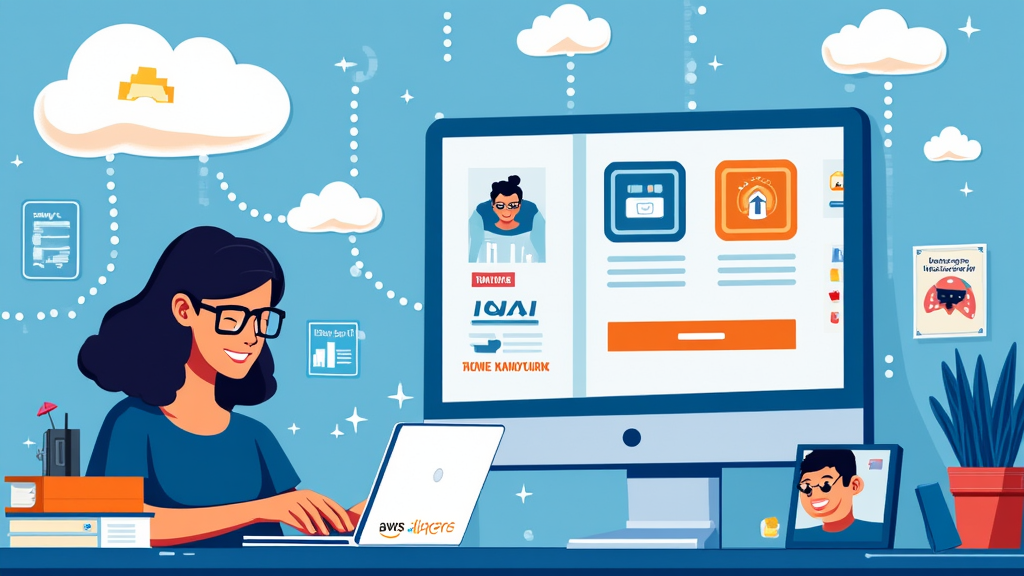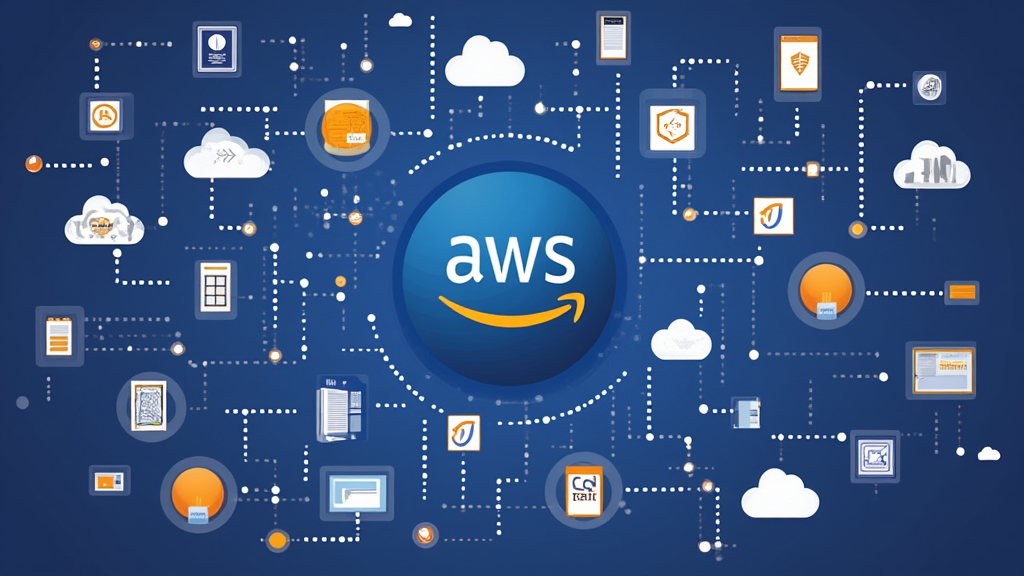What Is AWS? (Amazon Web Services) – Complete Guide for 2025
Estimated reading time: 7 minutes

Key Takeaways
• AWS stands for Amazon Web Services, the world’s largest and most comprehensive cloud platform.
• Offers over 200 fully featured services: computing, storage, databases, AI, security, networking, developer tools, and more.
• Scalable, cost-effective solutions serving millions of customers globally—from startups to Fortune 500 companies.
• On-demand, pay-as-you-go pricing model—no need for upfront investments in physical servers or infrastructure.
• Critical to digital transformation and innovation across industries.

Table of Contents
- What is AWS? A Quick Overview
- Core AWS Services
- Benefits of Using AWS
- Real-World Use Cases
- AWS Pricing: How Does It Work?
- Getting Started with AWS
- FAQ

What is AWS? A Quick Overview
Amazon Web Services (AWS) is the world’s most widely adopted cloud computing platform, launched in 2006. At its core, AWS is a collection of over 200 cloud services that help companies of all sizes build, deploy, and manage modern applications.
“AWS is like the digital backbone of Netflix, NASA, Airbnb, and millions more.”
It enables customers to run servers, store data, deliver content, add machine learning, and much more—without ever buying or running physical hardware.

Core AWS Services
• Compute: Amazon EC2 (virtual servers), AWS Lambda (serverless computing), Auto Scaling
• Storage: Amazon S3 (object storage), Amazon EBS, Amazon Glacier (cold/archive storage)
• Databases: Amazon RDS (relational databases), DynamoDB (NoSQL), Aurora
• Networking: Amazon VPC (Virtual Private Cloud), AWS Direct Connect, Route 53 (DNS hosting)
• AI & Machine Learning: SageMaker, Rekognition, Polly, AI inferencing
• Security: AWS Identity & Access Management (IAM), Inspector, Shield (DDoS protection)
• Developer Tools: CodeBuild, CodeDeploy, Cloud9 (cloud IDE)
• Analytics & Big Data: Amazon Redshift (data warehouse), Athena, EMR
For a complete, up-to-date list, visit the AWS Products page.

Benefits of Using AWS
• Scalability: AWS automatically adjusts resources to match demand—grow from one user to millions easily.
• Cost-effective: Pay only for what you use. No upfront investments or long-term contracts.
• Reliability: AWS operates across multiple geographic regions for uptime and resilience.
• Security: Deep security standards, compliance certifications (e.g., PCI, HIPAA), and built-in encryption.
• Innovation: Fastest pace of feature launches among cloud providers.

Real-World Use Cases
• Netflix: Streams video globally, instantly scaling up for peak traffic using AWS infrastructure.
• Airbnb: Hosts millions of guests, using AWS databases to manage bookings worldwide.
• NASA: Analyzes deep space imagery with AWS compute and analytics (see case study).
• Startups: Launch mobile and web apps with AWS Free Tier, scaling as business grows.
• Enterprises: Migrate legacy on-premise workloads to AWS for cost savings and agility.

AWS Pricing: How Does It Work?
AWS uses a pure pay-as-you-go model: you only pay for the services you use for as long as you use them. There are no upfront fees, no termination costs, and pricing is transparent.
• Free Tier: Many services offer a limited free usage period to get you started risk-free.
• On-Demand: Pay by the second, minute, or hour depending on the service.
• Reserved & Savings Plans: Commit for 1 or 3 years for lower prices—a fit for predictable workloads.
• Spot Instances: Use spare capacity at a dramatic discount (up to 90% off).
Try the AWS Pricing Calculator to estimate your costs based on your expected usage.

Getting Started with AWS
1. Sign up for an account: Begin with the AWS Free Tier to explore services at no cost.
2. Learn the basics: AWS offers comprehensive training and a robust documentation portal.
3. Build and Experiment: Deploy a simple website or app in minutes using guided tutorials in the AWS console.
4. Manage security: Set up Identity & Access Management (IAM) for safe usage from the start.
Tip: If you get stuck, the AWS Developer Community is always ready to help!

FAQ
Q: Is AWS only for developers or tech companies?
A: No. AWS offers solutions and managed services that require no programming knowledge. Anyone—from solo entrepreneurs to government agencies—can leverage AWS for hosting, analytics, storage, and more.
Q: How secure is AWS?
A: Security is AWS’s top priority. Data centers have strict controls, guard protection, and 24/7 monitoring. Plus, you control data encryption, access, and network security.
Q: What happens if my usage suddenly spikes?
A: AWS is built for elastic scaling, so your apps won’t go offline—AWS simply allocates more resources as traffic or users increase.
Q: Can I migrate my business’s existing systems to AWS?
A: Absolutely. AWS provides migration services and expert partners to support moving applications, data, and workloads to the cloud with minimal disruption.

Conclusion
This comprehensive guide demonstrates AWS’s position as the leading cloud computing platform through its extensive service portfolio, global infrastructure, and commitment to innovation. Understanding AWS capabilities enables organizations to leverage cloud computing for competitive advantage while optimizing costs and maintaining security. Whether starting with basic hosting requirements or implementing complex enterprise applications, AWS provides the tools, services, and support necessary for digital transformation success.
No internal links were added, as there were no highly relevant opportunities.




